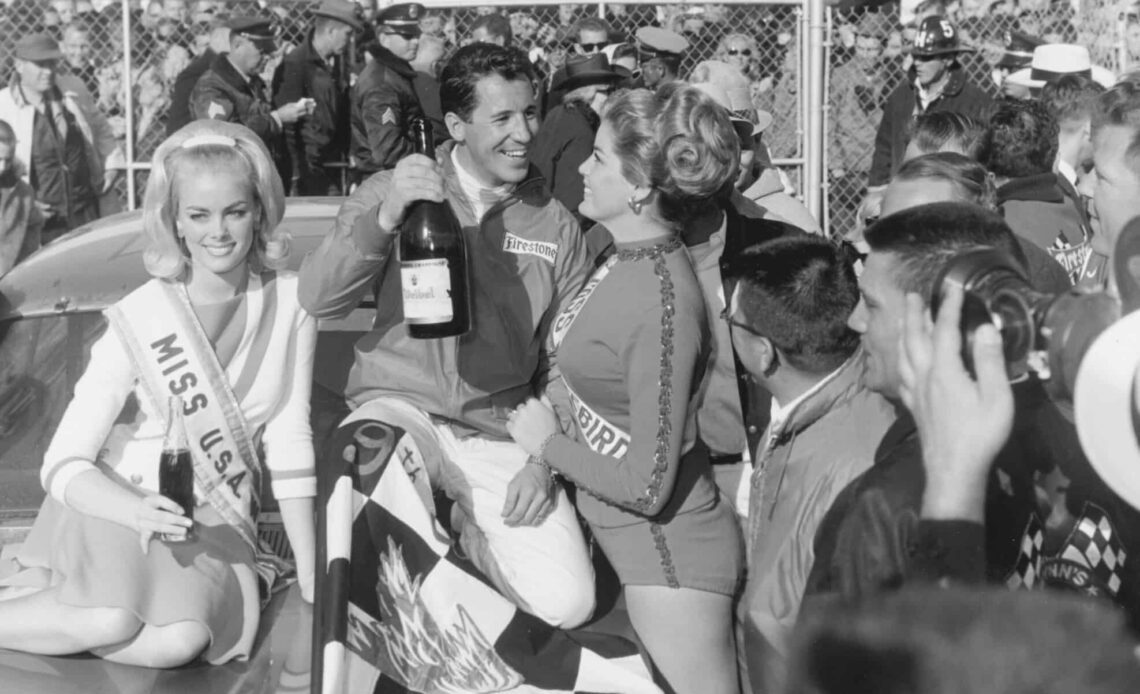Mario Andretti won Daytona International Speedway first.
The motorsports legend and icon is the embodiment of greatness behind a racing machine’s wheel.
He tackled Formula 1, winning the 1978 championship, and is presently the last American to visit a victory lane in the series. On various short tracks across the country, he won in midgets and sprint cars. Famously, he stitched his name and career to the fabrics of NTT IndyCar Series racing, claiming four titles, 52 wins and 65 poles, marks that put him in the top two of both categories when he retired after the 1994 season.
And of course, there was his crowning achievement, the 1969 Indianapolis 500, which arguably linked him and the race together more famously than any other sports personality in the world. When someone thinks Indianapolis, they are quick to associate Andretti with it.
But that win was in 1969. Before he piloted his Brawner Hawk, Ford engine backup car to a winner’s wreath and smooch from owner Andy Granatelli, he celebrated another win first two years prior.
The Daytona 500.
At the 1967 running of the Great American Race, the young 26-year-old hotshot driver from the Championship Car, or Big Car, ranks (as they were called then), was tagged for the No. 11 Holman-Moody Ford. This was a great era for racing as crossovers into varying series and machines was frequent. Andretti was part of that breed of driver, one who sought every opportunity to race something because it would sharpen skills, feed their families and, simply enough, it’s what they loved to do. Costs were low to put a car on track, so teams were searching everywhere for successful motorsports aces to put in a seat.
Prior to February 1967, Andretti had won the last two USAC Championship Car titles, totaling nine wins at various venues like short tracks Lucas Oil Indianapolis Raceway Park and the Indiana State Fair Grounds to bigger, asphalt ovals such as the Milwaukee Mile and Phoenix Raceway. These two title years were pertinent in the opportunity to race Daytona, as his Hawk chassis on the bigger tracks was Ford powered. The stars aligned for this association to turn into a strong partner for the ninth running of the 500.
That February, Ford desired to add a skilled, albeit inexperienced stock car driver, to Holman-Moody’s lineup with 1965 Daytona 500 winner Fred Lorenzen. Andretti was not a newcomer to the track either, having run both races the previous season. At the…
Click Here to Read the Full Original Article at …

